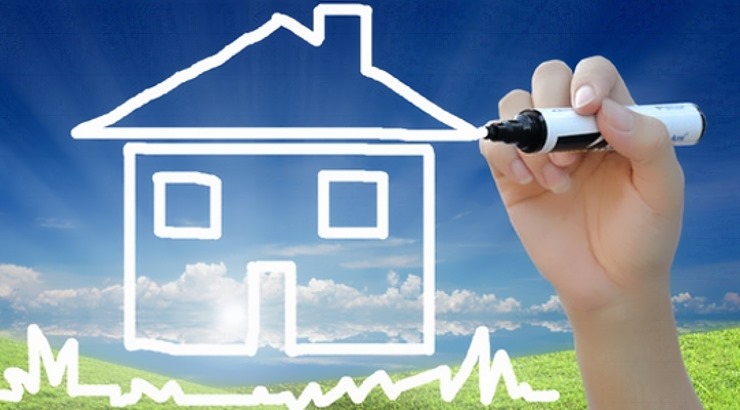Materials & Supplies
Green Building Materials
A quick review of popular eco-friendly construction materials.

Green building is quickly becoming a buzzword in the global construction industry as builders seek to use eco-friendly construction materials to conserve the environment.
To promote green construction in Kenya, CK has compiled a list of cost-effective and energy-efficient materials and technologies that are readily available in the country.
Green Construction Materials
1. Flooring
It is stylish to have floors made of wood or stretched out with carpets. However, some woods are less renewable, and some carpets emit fumes that harm indoor air quality.
Bamboo, cork and engineered wood are excellent green alternatives. These materials are locally available, physically appealing, and have zero negative effects on the environment.
Bamboo is cheaper than ordinary wood and is also easily replenished. On the other hand, cork is extracted from the exterior surface of a living tree every nine years. Apart from flooring, the two materials can also be used to make walls, frames or supports.
RELATED: How to Build With Bamboo
During the conversion of raw timber into boards and planks, a large percentage of wood gets wasted. Fortunately, the waste can be used to make engineered wood floors.
Reclaimed wood, recycled rubber and carpet tiles are other green alternatives.
2. Insulation
Good insulation breaks the flow of heat into and out of a building. It acts as a barrier between the living area of a house and the extreme outdoor temperatures.
Insulating your walls can enable you to save up to 40% in heating and cooling costs.
Common insulation materials include cellulose, cork, and structural insulated panels.
Cellulose – a recycled paper product – is widely used around the world for insulation purposes in buildings. It acts as a good sound insulator and is sold cheaply in the market.
Cork is also a great insulator capable of saving great amounts of electrical energy during the extreme cold seasons. Boards or panels made of cork are easily available in the market.
Structural insulated panels, consisting of two sheets of oriented strand boards or flake boards with a foam layer between them, can be used as walls for buildings. However, because of their bulkiness, they require heavy equipment to install.
3. Glazing
The glass component of a building’s façade can be fitted sustainably using glass windows made with layers of panes, where each layer is separated by compartments filled with gas.
On the other hand, doors and windows made with glass may be coated with a material that regulates the temperature in the building while blocking damaging sun rays.
4. Roofing
Green roofing includes thatch, slate roofing, steel roofing, and composites, as well as solar reflective roof tiles which are very useful during hot seasons.
Thatch, which is a dry straw, is the oldest roofing material. Thanks to its cheap availability, the material is still used today in rural areas as well as in top cities for aesthetic attractions.
Slate is a naturally formed rock that is used to make durable tiles that are used as a roofing material. Steel roof panels are also a popular green building material due to their durability and recyclability.
Roofing panels made of composite materials like foam or cellulose layer inserted between two metal sheets or two plastic sheets are also great choices for green roofing materials.
5. Painting
Ordinary paints emit significant greenhouse gases. It is therefore important to use non-volatile organic compounds (VOC) paints to check the carbon footprint of a structure.
When exposed to sunlight and nitrogen dioxide, VOC reacts to form ground-level ozone which can cause serious health problems for the occupants of the affected building.
In situations where a non-VOC paint is available, then go for a paint with low-VOC.
6. Concrete
Although concrete and asphalt have been used for ages to provide solid surfaces for walking and driving on, water pooling has been an issue with these materials.
Flooding from impervious surfaces can cause property damage and deaths. Porous concrete and pervious asphalt allow water to sink in through the pores to avoid floods.
Light-coloured concrete can also be used in urban areas to prevent overheating.
7. Stone
Stone is a naturally occurring building material that has been used for centuries. Indeed, stone has proved over the centuries that it can last longer than all other building materials.
Natural stone is an obvious choice for builders due to its long-lasting lifecycle. The use of the material contributes to enhancing green building and LEED certifications.














